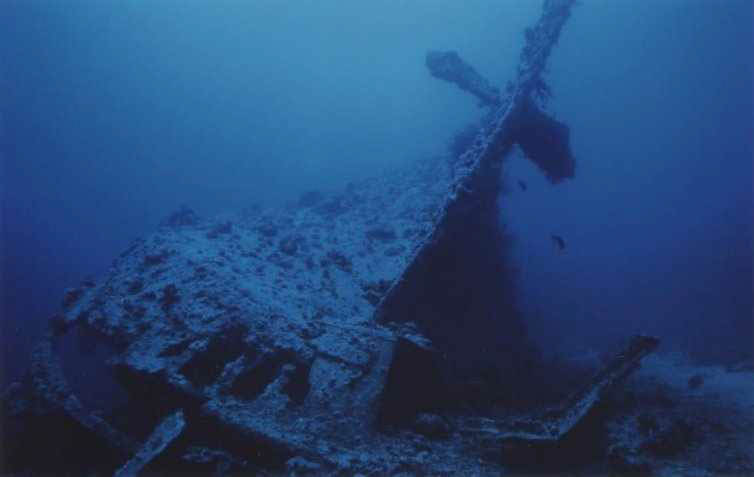In the annals of maritime history, the Dunraven remains a captivating tale of adventure and misfortune. This cargo ship, officially designated as an “Iron Screw Steamer-Planked,” embarked on its maiden voyage in the late 19th century. Built with precision and care at the Charles Mitchell and Co. Iron Ship Builders in Newcastle upon Tyne, UK, the Dunraven was destined to etch its name into the lore of the Red Sea.
Setting Sail in Grandeur
Launched on December 14, 1872, and completed the following year, the Dunraven stood as a formidable vessel, measuring 79.6 meters in length, 9.8 meters in beam, and 7.3 meters in draught. Its unique propulsion combined square-rigged sails on fore and aft masts with a state-of-the-art 140 PSI 2-cylinder compound inverted engine, crafted at Humphreys and Tennant in Newcastle. Steam, generated by two coal-fired boilers, propelled the ship to an impressive speed of 8 knots. The ship’s crew complement of 25 suggests it was primarily steam-operated, with sails serving as auxiliary propulsion.
Voyages of the Dunraven
The Dunraven embarked on numerous journeys, but it is the final one that left an indelible mark on its history. On April 6, 1876, under the command of Captain Edward Richards Care, it departed Bombay, India, laden with a “valuable general cargo” bound for Liverpool. The ship glided smoothly through the Indian Ocean, making a stop in Aden to replenish its coal reserves.
However, fate had other plans. In the early hours of April 25, 1876, while navigating the Red Sea, the ship’s Second Mate sighted land and a light ahead. Though the Captain was alerted, a sequence of events unfolded that would seal the Dunraven’s fate. Land was sighted too late, and despite desperate efforts, the ship struck a reef, rapidly taking on water. Abandoning ship became the only option.
By noon, the Dunraven was submerged in the Red Sea’s depths, marking the end of a once-proud vessel. Captain Care faced a Board of Enquiry, and negligence was attributed to him, resulting in the revocation of his Master certificate for a year.
A Diver’s Paradise
Today, the Dunraven rests almost completely upside-down on her port side, a mesmerizing sight for divers. Located near Beacon Rock in 15-30 meters of water, this shipwreck offers a unique underwater experience. The bow faces northeast, while the stern reaches the greatest depths. Diving conditions vary, with visibility ranging from 10 to 30 meters, and a North-South current is often present.
Exploring the Dunraven, divers can witness the ship’s fragmented forward section, with entry/exit points for penetration at various depths. Amidships, the wreckage reveals the engine room, boilers, piping, valves, and the ship’s main engine and shaft. The stern boasts a captivating view of the rudder and a partially intact propeller, missing just one blade. A remnant of one of the ship’s masts still graces the seabed, a poignant reminder of the Dunraven’s storied past.
While the Dunraven may not attract the same crowds as the famous Thistlegorm, its submerged history offers a rewarding and challenging dive, making it a hidden gem in the Red Sea’s depths. To explore its secrets, remember to choose a calm day and carry a couple of flashlights to illuminate your underwater journey.
For adventurers seeking a voyage back in time, the Dunraven awaits, inviting divers to uncover its mysteries and relive the final chapter of a remarkable maritime tale.







